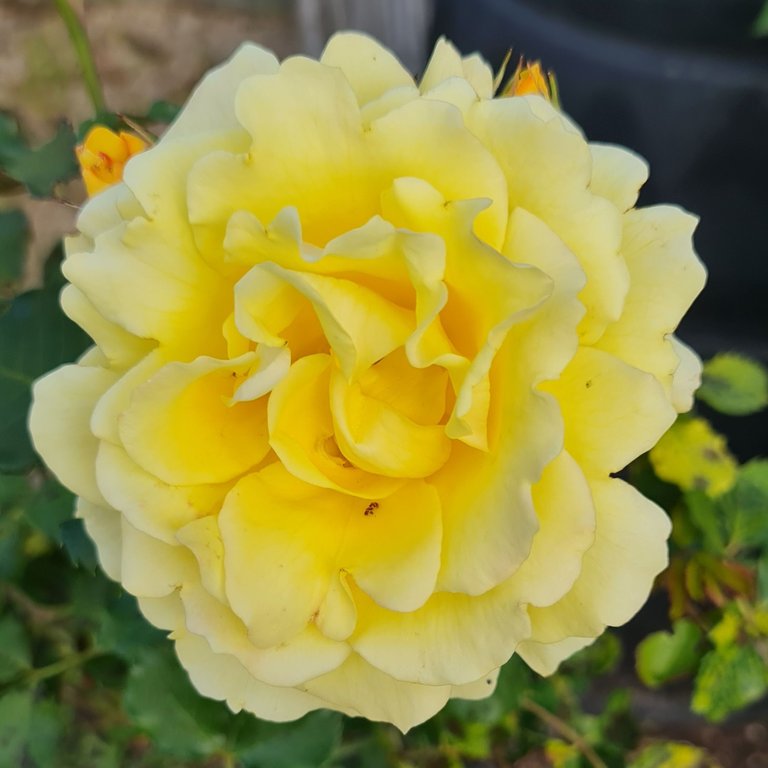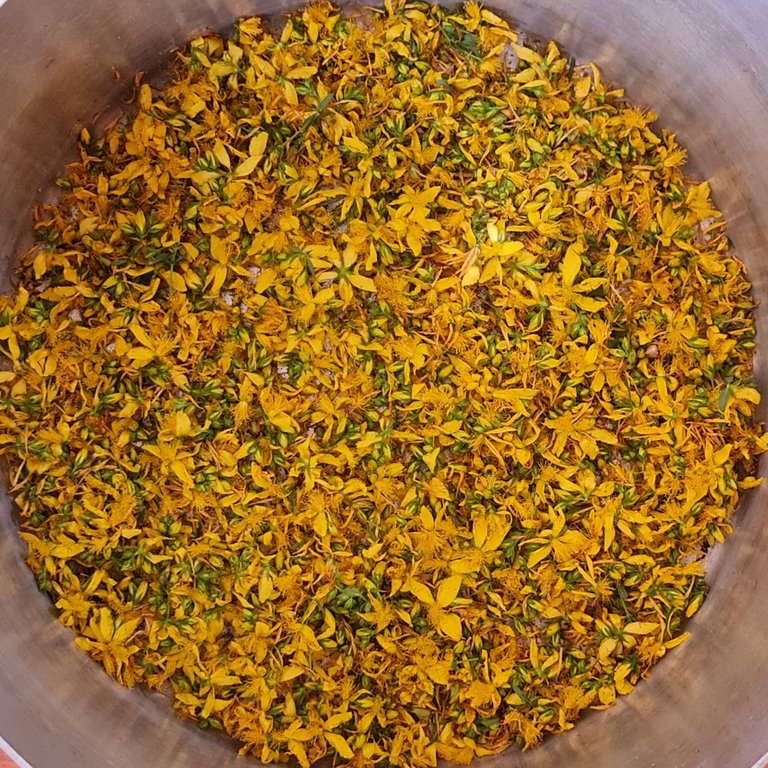Advanced remedy making - using the moisture in herbs.
Apology: I'm sorry I posted this twice. We were having all kinds of internet problems and broadcast errors amd the original post kept failing. I tried again after some time and it looks like somehow both worked their way through the ether and got published...
My recent posts about making herbal remedies have had a good response, so I thought I'd do a periodic series on more advanced techniques so that folks can fine tune their techniques if they wish. Here's the first, it's about how to deal with the moisture in fresh herbs when you are working with tinctures.
The alcohol that you use in your tinctures is a mix of ethanol and water. You can learn more about that on our 'A little about Alcohol' page on our website.

Herbs also contain moisture, some of them quite a lot, fungi even more. For folk tinctures, this makes little difference, and even when making tinctures using the Ratio Method, you can get away with ignoring it.
If you want to really fine-tune your tinctures, you want to calculate the moisture in your herb and deduct that from the water needed to get the correct ratio of water to alcohol in your tincture.
Here's a list of a few plants showing their dry weight and % water based on a sample of 100 grams of fresh herb -
- Chickweed 10 grams = 90% water
- Fumitory 12 grams = 88% water
- Hoarhound 27 grams = 73% water
- Nettles 25 grams = 75% water
- Prickly Lettuce 16 grams = 84% water
As you can see, plants are approximately 70 - 80% water, so 100g of fresh herb contains 70 - 80g of water which goes into the tincture. If you go for the middle and use 75%, you'll be pretty well on the mark.
Very moist herbs tend to have a lot of water-soluble constituents, so go for the middle range of alcohol concentration. That way, you'll get the water-soluble stuff out but still have enough alcohol in the solution to get the benefits of tincturing, such as potency and shelf life. Remember that your final alcohol content must be above 20% for preservation.
Withering

Very moist plants and many flowers can be withered to reduce the water content. Classic herbs that can be withered are St. John's Wort and Calendula. You can measure fresh and withered weight for your calculations or eyeball it and work at 50% water content.

How to work out how much moisture is in your herb -
This is easy. Get yourself an amount of fresh herbs that is easy to calculate. I like to use either 10g or 100g because 10s are easy to calculate. Weigh it fresh.
Dry it until it is dry and crumbly. I like to leave it for a little longer in the dryer than I would if I was just drying the herb.
Weigh the dried herb.
Subtract the dried weight from the moist weight. The difference is the amount of water that was in the herb. For example, 100 grams of fresh Chickweed dries to about 10 grams. 100 - 10 = 90. Most of us don't have laboratory-grade scales, so measuring to the nearest gram is okay. It makes calculations easier too
That means that the Chickweed was 90% water, and therefore, 100 grams of fresh herb contributes 90 millilitres (one ml weighs 1g) of water to the tincture.
How to apply this information
If you are making a tincture with fresh herbs, you will be doing it at a ratio of 1 part herb to 2 parts of alcohol.
Lets stick with Chickweed for our example. 100 grams of fresh herb needs 200 ml of alcohol for this tincture.
But we already have 84 ml of water in the Chickweed so we deduct 84 from the 200 ml that we need and get a result of 116.
That is how much alcohol we need to add to the fresh Chickweed to get the required alcohol volume. 116 + 84 = 200.
That's the easy bit, you can stop there and make your tincture or you can add an extra step to see how much that water can dilute the alcohol.
Dilution
Adding water to your alcohol dilutes it, so the water in your herb will dilute your alcohol. That is important when you are getting a little advanced in your kitchen herbalism and are using certain alcohol concentrations to extract specific constituents from your herbs.
It is also important for the preservation of your tincture. If the alcohol concentration in your tincture is above 20%, your tincture will remain stable and can be preserved for years. If the concentration falls below this, the tincture can spoil.
Concentration
You can use any of the calculations on our 'A little about alcohol' page to work out your final concentration after you factor in the moisture content of your herb. I like to use the last calculation on that page for everything. It looks a little complex but once you get used to it, it becomes second nature.
Some of you may have seen that I've been writing a series of posts about making herbal remedies at home. I want to share what I know of this topic so that, as the world gets crazier, folks will have other avenues of medical care, namely those of themselves and their community. If you look back over this blog, you can see heaps of info on the topic, plus loads and loads of posts on herbs and using Australian bushfoods from a white perspective. If you haven't been around on in the @hivegarden and @naturalmedicine communities for long, you may be interested in looking back. There's w-a-a-a-a-y too much there for me to repost and the Hive system doesn't let you vote on old posts so, if you're happy with what you find, I believe that there is now a tip option...






Last paragraph got chopped at the end…
More good info, and something I never took into consideration.
Thanks for pointing out the error. It's fixed now, was only a couple of words.
Hi @ligayagarden
You must be careful with these types of situations. Hive Watchers might think you are duplicating content to double monetize. I suggest you be more careful.
Thanks